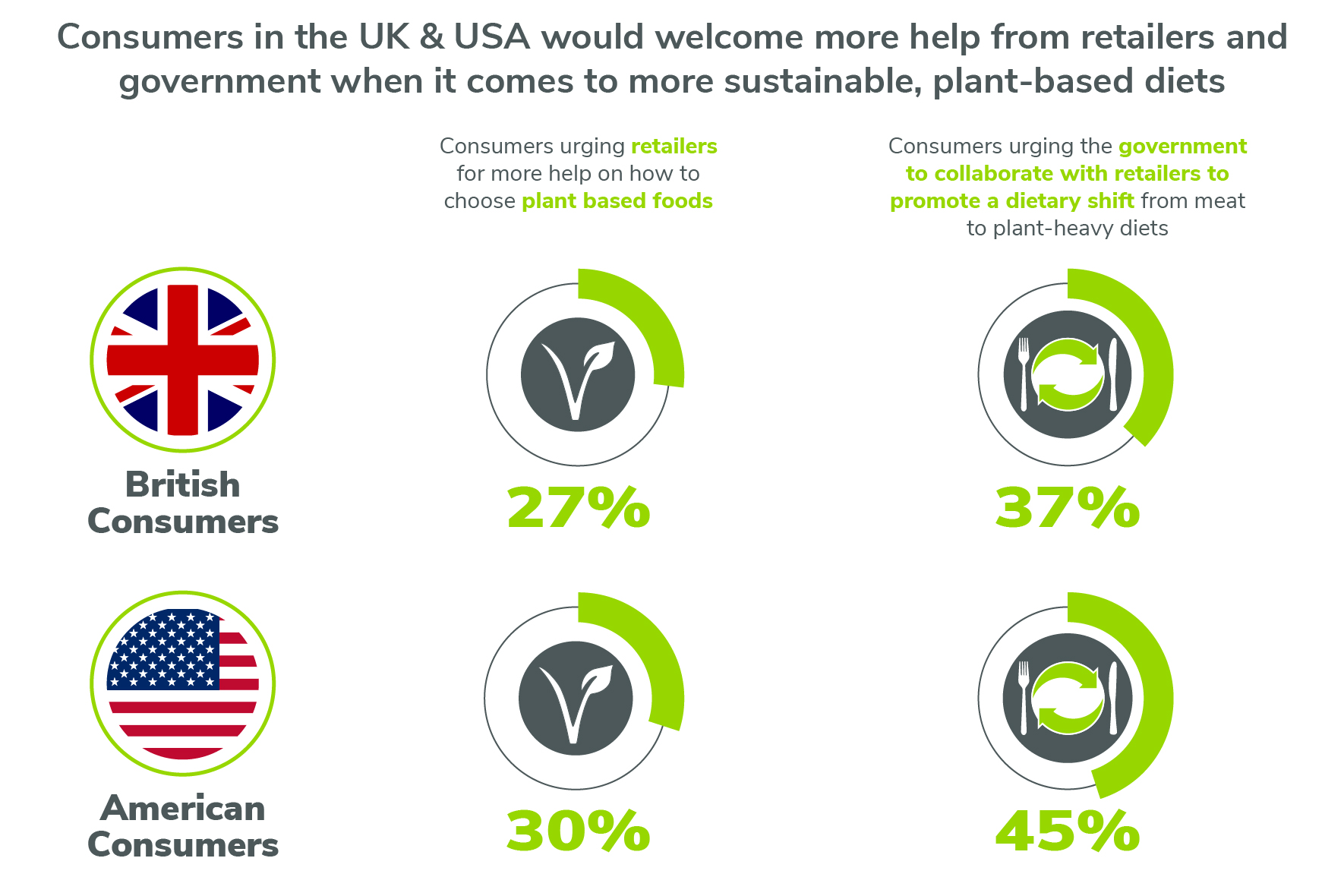
The first step to promoting healthy diets is to describe the entire food environment. This will allow you to identify areas that can be improved and reduce climate risk. A comprehensive description of food environments will also provide metrics and tools to help inform policy makers. This article will discuss key elements that make up a healthy and happy food environment. It doesn't just concern the quality or quantity of food. It should include strategies for improving diets, and overall health of the planet.
The food environment can include both built and natural settings. These two types of environments can be classified according to their complexity. In rural areas of LMICs, informal markets are more common than those in urban areas. The availability of markets and access to healthy foods influence the choice of foods and influence health and nutrition. In urban settings, formal food markets are common. A well-designed environment can encourage people to eat healthy foods. It is not enough to have a healthy lifestyle. It must offer opportunities for food-related activities to encourage healthier eating.

When we examine the interactions between food systems and food systems, it is possible to gain a better understanding about food environment. We need to understand how the food systems work in order to have a healthy diet. The environment can have a significant impact on the food that people eat. In addition, the food environments of children and adults differ from those of adults. Even though there are differences between healthy foods and unhealthy ones, they all have the same effect on the human body. Healthy food environments are essential to healthy eating habits.
The systematic analysis of all its elements is required in order to develop a food environment. It is important to understand that the food environment can be complex. The various elements that make up a food environment include accessibility, affordability, promotion, and quality. The food environment can vary from one location to the next. These environments can have different dietary outcomes depending on the type of diet and socioeconomic status. However, these food environments can help reduce obesity and improve the health of residents.
For the good of human health, a healthy food environment is vital. Each component contributes to the overall health of those living in a country. They influence the nutritional quality of foods and their diet. Poorer communities are at greater risk of becoming obese because of their poor food environment. For these reasons, a food environment should be improved and the environment should be considered in a public-private partnership. It should also be transparent and easily accessible for people of all cultures.

A healthy diet depends on how the food environment affects our health. How much food people consume and where they eat will be affected by changes in the environment. The food environment at schools, work places, and restaurants is all important for healthy eating. The food environment also influences individual choices. Most common foods are not found in the neighborhood. This means that they should not be limited to eating in the city.
FAQ
How does intermittent fasting impact my sleep?
Intermittent fasting is a good thing for your sleep. If you skip meals, your hunger hormones will increase. You might find yourself awakened at night due to your hunger hormones.
Experts advise skipping breakfast. Experts recommend having a light snack before going to bed.
If you still feel hungry after eating this snack, you may want to eat a small breakfast before going to bed.
Be careful not to overeat. If you do this, you might gain weight instead of losing it.
Why should you lose weight before reaching 40?
Maintaining health and fitness is the most important thing for people over 40. It is important to stay fit throughout your life. This means regular exercise and eating healthy, as well as not smoking and moderate alcohol.
It is also crucial to recognize the fact that our bodies age. Our bones begin to weaken and our muscle mass begins to shrink. The best way to slow down the aging process is to take care of ourselves.
Staying healthy and fit throughout your life is a great way to keep yourself young. These include:
-
Better sleep
-
Improved moods
-
Enhanced energy levels
-
Lower risk for cancer
-
A longer life
-
More independence
-
More sex
-
Better memory
-
Improved concentration
-
Increased circulation
-
Stronger immune system
-
There are fewer aches and pains
Can I eat fruit while on intermittent fasting
You can't go wrong with fruits. They are rich sources of vitamins, minerals. Fiber, antioxidants, as well other nutrients. They also contain sugar, which can lead to blood glucose levels rising. This can cause insulin resistance and weight gain. If you're looking to lose weight with an IF diet then you should choose fruits that are low in glycemic.
Are there any side effects to intermittent fasting
Intermittent fasting is safe and has no side effects. You might have minor problems if your plan is not well thought out.
If you skip breakfast, your day might be interrupted by irritability. It is possible to experience headaches and muscle cramps.
These symptoms usually disappear within a few days.
Statistics
- According to a study sponsored by the American Council on Exercise, a person weighing around 140 pounds (64 kg) would burn 108 calories at a 30-minute beginner's Pilates class or 168 calories at an advanced class of the same duration (26). (healthline.com)
- Another study found that 24 weeks of weight training led to a 9% increase in metabolic rate among men, which equated to burning approximately 140 more calories per day. (healthline.com)
- According to Harvard Health, it's estimated that a 155-pound (70-kg) person burns around 167 calories per 30 minutes of walking at a moderate pace of 4 mph (6.4 km/h) (5). (healthline.com)
- One study in 9 active men found that HIIT burned 25–30% more calories per minute than other types of exercises, including weight training, cycling, and running on a treadmill (18Trusted Source (healthline.com)
External Links
How To
How to lose weight quickly
There are many quick ways to lose weight. But, many people find them ineffective and unsustainable. Fast weight loss is possible through diet and exercise. You should eat fewer calories than you burn daily. This means that you should eat fewer calories per day than your body burns during regular activities. Reduce your calorie intake to quickly lose weight.
You should avoid foods that contain large amounts of fat and sugar since they increase your appetite. Also, try to drink plenty of water every day. It keeps you hydrated, and your metabolism at its best. Combine these three things and you will see results faster than ever before!